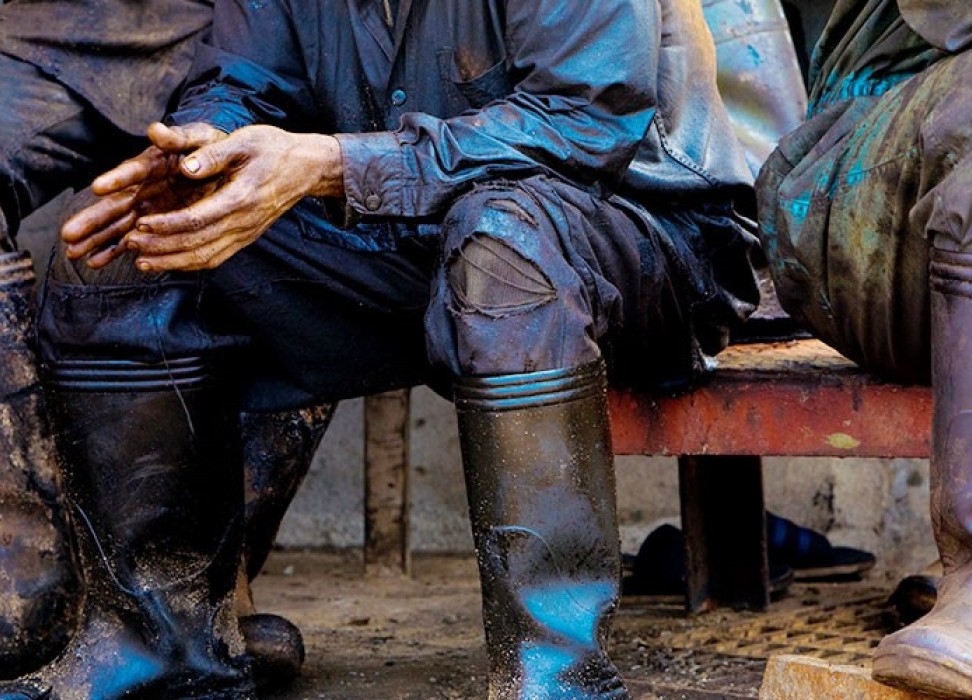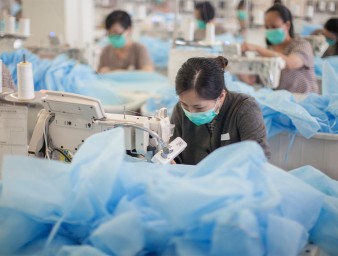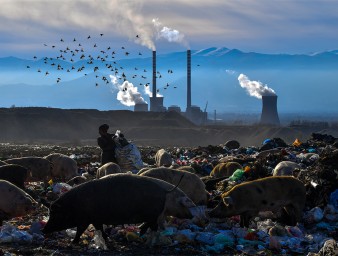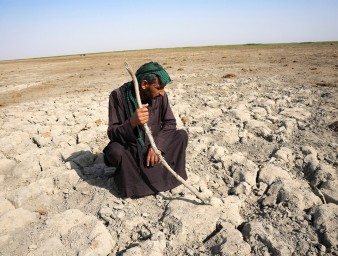The human right to safe and healthy working conditions
23 October 2019

“Despite over 50 years of global recognition, unimaginable advancements in science, medicine and technology, and specific efforts in certain countries and contexts, the right of all workers to safe and healthy working conditions sadly remains far more a privilege, than a universal human right,” says Baskut Tuncak, the UN special rapporteur on human rights and hazardous substances and wastes.
Tuncak tells States that although safe and healthy working conditions is a globally recognized human right, International Labour Organization (ILO) estimates indicate that 2.7 million workers die from unsafe working conditions and exposure each year.
In 2007, Hwang Yumi died in her father’s taxi on her way to hospital. It was five years after she proudly began a job manufacturing consumer products, were she was likely exposed to toxic substances every day without meaningful consent. Yumi died 20 months after she was diagnosed with leukaemia, at the age of 23.
Since his daughter’s death, Yumi’s father did everything he could to ensure there were no more victims. In his mission to prevent the recurrence of abuses he repeatedly turned down substantial offers of compensation by the company. After an 11-year campaign for justice and accountability by Mr. Hwang and other human rights defenders, the company agreed to compensation and prevention measures to realize the right of over 200 workers to an effective remedy. Tuncak says of the case that although the outcome is a positive step, it only concerns one company in one industry in one country.
“Workers are unquestionably among the most vulnerable to toxic exposures. They are exposed the first and the most,” Tuncak says. “Among workers, there are those that are even more vulnerable and less likely to be adequately protected, such as those working in certain sectors, those living in poverty and workers of reproductive age, whose children also bear the burden of exposure to toxic substances.”
In this regard, he cites the case of Yvette, who worked daily with an unidentified substance that she had nicknamed “green gunk,” in the high-technology sector of an industrialized country, never informed by her employer of well-known reproductive health risks of exposure to the chemical mixture. By the time Yvette’s child was four years old, her child was still unable to walk or talk because his neurodevelopment had been irreversibly impacted. Now in his thirties, he continues to face life with disabilities that could have been prevented.
Tuncak’s latest report is the fruit of 25 years of research under the human rights and toxics mandate that outlines 15 principles for States to end the exposure of workers to hazardous substances. These principles build upon the UN Guiding Principles on Business and Human Rights, ILO Conventions and multilateral environmental agreements on toxics.
The report’s recommendations were echoed in a resolution adopted at the 42nd session of the Human Rights Council. That resolution encourages States, businesses and other actors to implement Tuncak’s 15 principles through their legal and policy frameworks, as well as initiatives and programmes to strengthen the coherence between human rights and occupational health and safety standards. The resolution also recognizes that States have a duty to prevent exposure to toxic substances, and businesses a corresponding responsibility.
Seven of Tuncak’s principles focus on prevention. “Every worker has the right to be protected from toxic exposures at work As illustrated in the case of Yvette, protecting workers from exposure to toxic substances has a ripple effect – it also protects their families, their communities and the environment,” the expert says. “In exercising these duties and responsibilities, hazard elimination is paramount, and so too is protecting the integrity of the science on which decisions are made.”
Principles 8 to 11 are set on the interlinkages between the human right to safe and healthy work and workers’ right to information, participation and assembly. Tuncak stresses that “Every worker has the right to know, including to know the implications of exposure, the actions being taken to prevent exposure and their rights in relation to such exposure.” He adds that, “workers find strength in numbers. The right to safe and healthy work is inseparable from the freedom of association, the right to organize and the right to collective bargaining.”
The final four principles address the right of workers to access an effective remedy. “Workers, their families and their communities must have immediate access to an appropriate and effective remedy, which should be available from the time of exposure.” The Special Rapporteur points out, however, that for many victims the impacts or exposure are irreparable and irreversible. “The prevention of further exposure by workers is an essential element of a guarantee of non-repetition.” he says.
Tuncak further expresses his concern that employers still refuse to acknowledge safe and healthy work as a being human right, and that 50 years after its global recognition by the United Nations, it still is not one of ILO’s fundamental principles and rights at work.
23 October 2019



